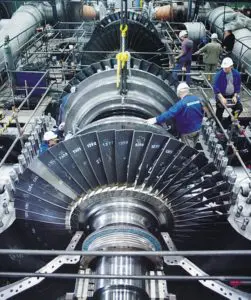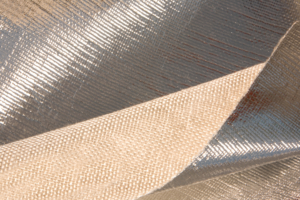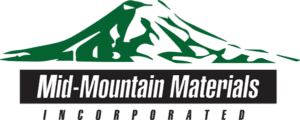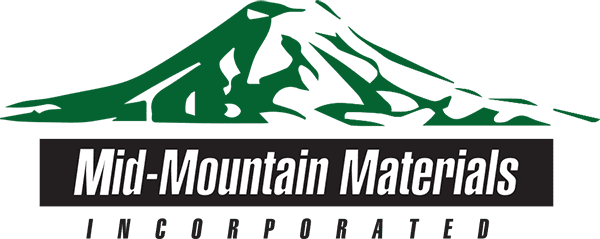 Large-scale industrial turbines are ubiquitous in the energy generation sector, appearing everywhere from conventional gas- and steam-powered turbines to advanced renewables markets. Whether they are utilized in nuclear power plants or wind farms, turbines all operate on the same basic principle: a mechanical force acts upon a shaft – typically in a hermetically sealed chamber – causing it to rotate. This rotational force can be used to power other instruments in a mechanical chain, or to generate electricity. Although extremely well-established, large scale turbines represent a significant safety risk and a potential point of process inefficiency. Turbine blankets are often prescribed to alleviate concerns with each of these issues.
Large-scale industrial turbines are ubiquitous in the energy generation sector, appearing everywhere from conventional gas- and steam-powered turbines to advanced renewables markets. Whether they are utilized in nuclear power plants or wind farms, turbines all operate on the same basic principle: a mechanical force acts upon a shaft – typically in a hermetically sealed chamber – causing it to rotate. This rotational force can be used to power other instruments in a mechanical chain, or to generate electricity. Although extremely well-established, large scale turbines represent a significant safety risk and a potential point of process inefficiency. Turbine blankets are often prescribed to alleviate concerns with each of these issues.
In this blog post, Mid-Mountain explores the use of turbine blankets and the importance of insulating rotating components to guarantee the safety of operating personnel and to maximize process efficiency.
Turbine Blankets: Mandatory Capabilities
Steam turbines typically rotate within a hermetic vessel which leads to severe internal pressures on an order of approximately several hundred pounds per square inch (psi), or thousands of kilopascals (kPa). Rapid mechanical rotation also generates high process temperatures, ranging into the hundreds of degrees Celsius (°C). These key process difficulties are associated with myriad additional challenges: severe mechanical agitation, process moisture, the presence of oils and greasing agents, etc. The lifetime of a turbine is filled with extremely tough working conditions.
As a result, insulating products like turbine blankets must be able to fully conform to the exterior of the turbine chamber and withstand each of these demanding thermodynamic and chemical influences.
Exposure to such severe conditions generally renders the lifespan of turbine blankets to short forecasts. In fact, this is one of the primary reasons why removable products are used in turbine insulation in the first place: the high frequency of replacement and maintenance makes it prudent to install a product that can be easily removed.
Mid-Mountain Turbine Blankets

We can engineer turbine blankets using either of these underlying materials with a range of features, including:
- Large Diameters: HYTEX® 1000 cloth is available in diameters of up to 60”, enabling their integration into turbine blankets designed to cover large heated surfaces.
- Convenience: Mid-Mountain turbine blankets are designed to conform to the exterior of turbine machinery with a tight form fit, which improves service life and extends maintenance cycles to reduce ongoing operating costs.
- Thermally Efficient: With inherently low thermal conductivities, both our SILTEX® and HYTEX® fabrics act as outstanding insulation in turbine applications. This reduces the risk of personnel injuring themselves on large heated surfaces and limits the loss of process heat which can be detrimental to turbine start-up and ongoing performance.
- Durable and Practical: Both fabrics are tough and maintain their flexibility throughout use, with far-reaching performance in the presence of a range of corrosive elements including process humidity.
If you would like any more information about developing cost-efficient turbine blankets with Mid-Mountain Materials thermal fabrics, simply contact a member of the team today.

